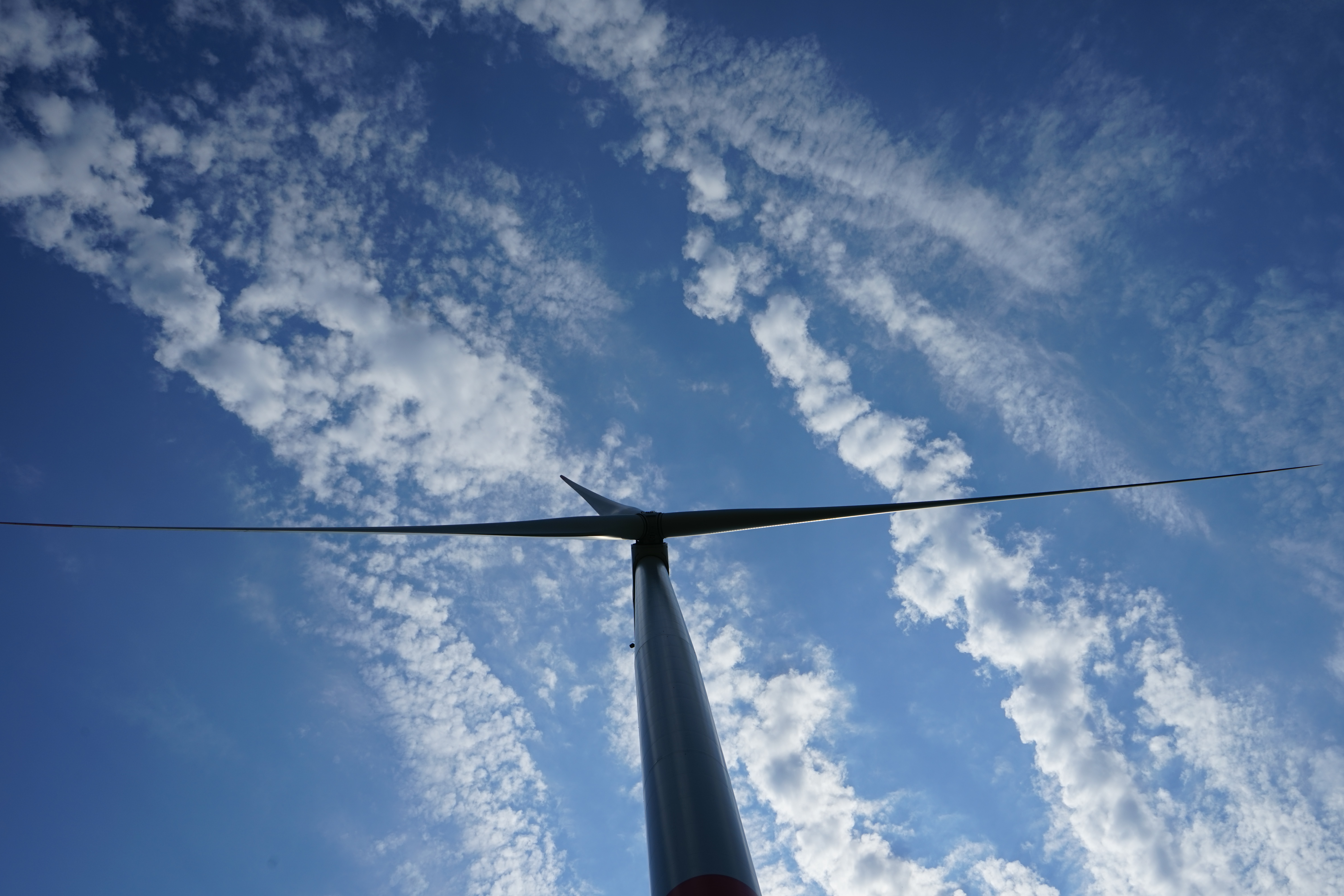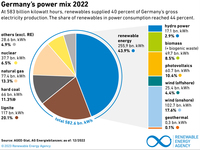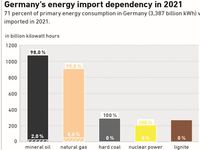Efficiency and Investment for the Energy Transition: Stuttgart welcomes Bălți
From June 3rd to 5th, the City of Stuttgart and the Renewable Energy Agency welcomed a delegation from the city of Bălți in the Republic of Moldova to Stuttgart’s Department of Environmental Protection. Read more »











Social Media